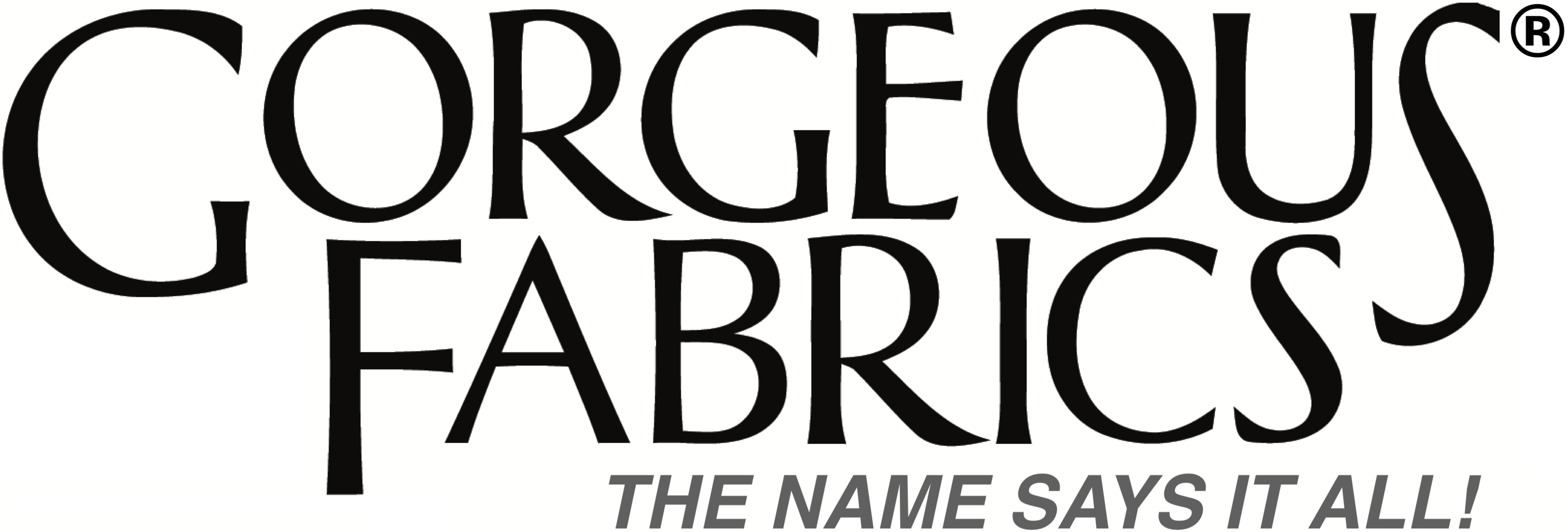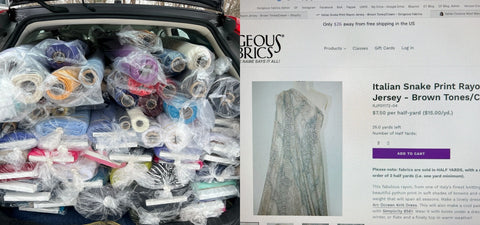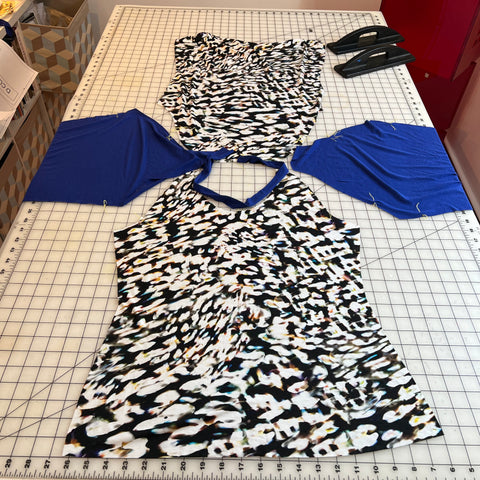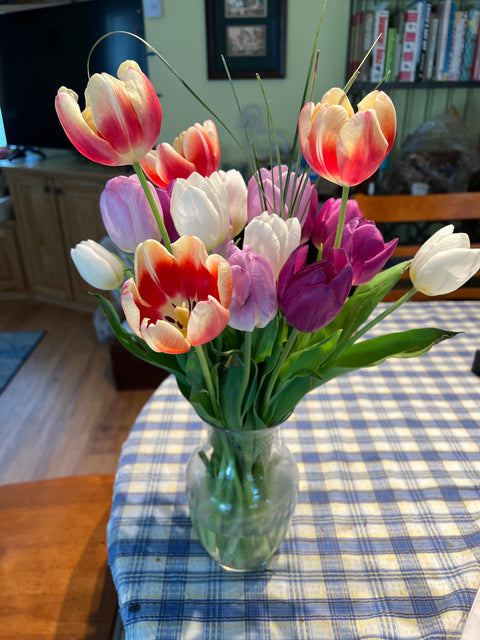Have you ever wondered what the process is to get a fabric from here:

To Here?
Well, today is your lucky day! I’m going to give you a peek behind the scenes at Gorgeous Fabrics. It’s not magic; it’s work - a fair amount of it, and I love every second. So let me share with you a bit of my process.
After the Fabrics get to Gorgeous Fabrics Galactic Headquarters

The first thing that happens after I unload the fabrics, is I stage them for listing. That’s just a fancy way of saying that I pull a bunch off the shelf and get to work. 😂
There is a slight method to my madness of listing fabrics. I try to mix current season fabrics with some fabrics that will transition to the next season, and I try to intersperse prints with solids. You know, to keep it interesting.
TPS Reports
10 Nerd Points if you get the reference!

So the next thing I do is to jot down notes on many things that go into the fabric post. Yes, I use old-school pen and paper because, well, I just do. And of course, because I’m an old computer nerd, it’s a spec sheet. But it has all the information I need and it works, so why mess with success?
Could I dictate it? Yeah. But the pen to paper part keeps me from doing the whole “Ooooh, shiny!” thing that inevitably happens when I pull out my phone.
Color My World
This is the quotidian part of the job. First, I measure the fabric's width, and if it's a stretch woven or a knit, see how far it stretches.
Next up is matching Pantones and thread. I use the Pantone Fashion Home + Interiors deck to match colors. It has 2100+ shades, way more than the old retail set, which Pantone discontinued about 12 years ago. The good thing is that Pantone put all their colors online, so while it still isn’t necessarily a 100% match at least it gives you a better approximation of the color than the old deck.
At the same time, I recommend a closest-match to either Metrosene thread (for wovens and stretch wovens) or Seraflex thread (for knits). Here’s exciting news - Mettler just doubled the number of thread colors for Seraflex, which is the best thread for sewing knits (and I’ve tried all of them). I’ve got an order in for all the new colors, so I’ll add them when they arrive.
Matchmaker Matchmaker
The next step in the process probably takes the longest time: matching a fabric to other fabrics in the store. Generally, I’ll suggest 4 options for fabrics that match. Sometimes there may be 3, occasionally 5. 
I literally take the bolt of fabric and walk all around the office, pulling out fabrics to see how they look together.
Once all that is done, it’s time to take some pictures. For most fabrics, I’ll choose 4-5 pictures: one full-length on the mannequin (which is a Size 10 RTW). 
One closeup on the mannequin, from waist to shoulder. One with a ruler to give an idea of scale. One “swirled”. And one from a low angle to show texture.
There may be a few other shots; for instance if a fabric is double-faced, I’ll show both faces. In the case of solids, I don’t always include the ruler shot.
Now to the Computer!
Once the photos are loaded up, there is some digital cleanup/post-processing. That’s mostly to adjust color and size. Then it’s a matter of entering all the product specs. Once the specs are in, I add the description of the fabrics, and my recommendation for patterns will work well with it. 
I do that to give you a better idea of how the fabric will flow and work against your body. I try to be agnostic in my pattern choices. I don’t sell patterns, and I am not compensated by any pattern company for mentioning their products. I just try to impart my knowledge and recommendations.
Once all that is done, I hit the Publish button and, voila! The fabric is live on the website. It gives me great joy to bring you fabrics, and I hope this elucidates the process and gives you some insight into what it takes to get a product to market.
There are lots of fun things happening in this 15th (!) anniversary month for Gorgeous Fabrics, so stay tuned for more, and thank you for your support!
Happy sewing!
Ann



